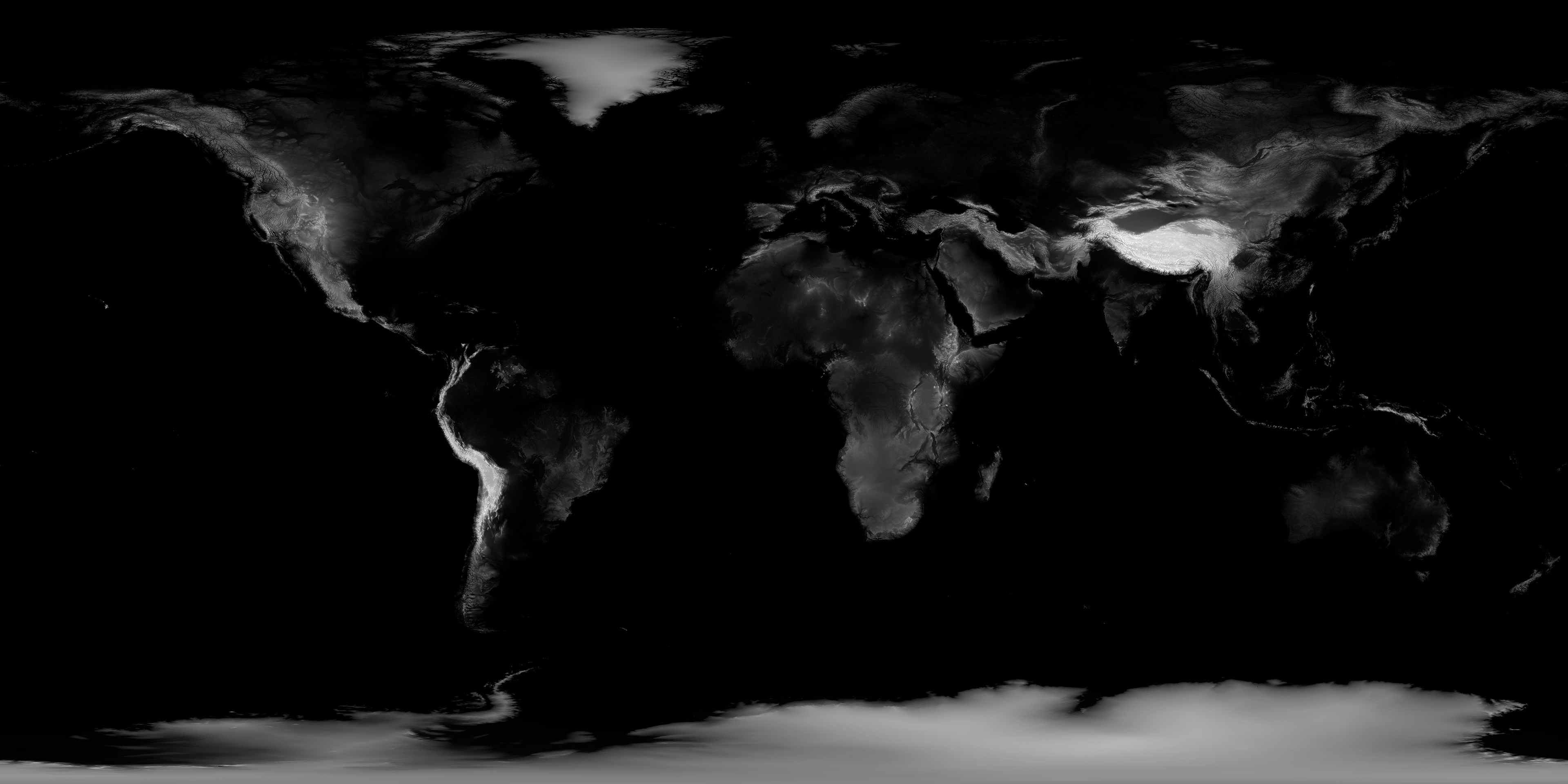While texture mapping the Earth’s surface, I used maps that NASA has for color, clouds, topography, “landocean” and more -- and translated those to the various attributes of Blender’s Principled BSDF shader such as Base Color, Roughness. Normal, and more.


Thankfully, NASA also has plenty of reference images that can guide this stylization 😆
Adaptive Subdivision
Instead of applying a subdivision surface modifier to the entire mesh, I used adaptive subdivision so that Blender can give different subdivision levels to near and far objects automatically.
Layer Hierarchies
Clouds and Atmosphere are implemented as separate layers over the “base surface” of the Earth.
I used a subsurface scattering shader for the clouds, and some extra compositing blur effects to render the atmosphere’s glow color from the “noisy” light particles of the earth surface.
Additional Effects
Post-processing in the compositor can be used to allow the scene’s Sun reflection to cast an extra glare when it’s hitting shinier parts such as water.
Combined with animating the Earth’s rotation, animating the camera’s rotation in the opposite direction along the edge, and fading in the appearance of city-at-night lights as they enter out of darkness, the potential for... drama... really starts to heat up 😆